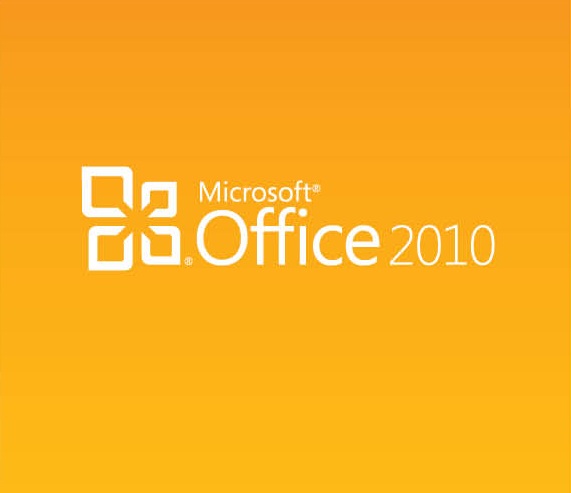Knowing Your Audience
I’ve recently embarked on a somewhat new endeavor as a trainer albeit it's only temporary. I’m certainly not new to this type of role as I’m always evangelizing Microsoft technology and helping customers understand and use these products more effectively, whether this is specific to “in the weeds” development or at a high level general use pattern. This time though the structure was more defined, specifically focused on Office 2010 and the new features it provides.
A two prong approach occurred, the first began with a migration from a legacy platform and the second was training a large globally diverse user base on the Office suite of products (i.e. Word, Excel, PowerPoint, Outlook, etc.). Clearly there’s ample material via office.microsoft.com so the goal here was not to regurgitate that content but rather produce a customized version dealing with the customer’s own enterprise environment combined with their user centric functions.
Having a broad audience poses several challenges such as not completely boring the power users and alienating the novices, all the while conveying the most relevant information pertaining to that product. It is indeed a balancing act as developers are, well developers and are concerned with administrator privileges, security/permission issues and deployment strategies while others question “how do I print using the ribbon?”
Obviously it would be easy to separate these two groups but with budget and time constraints it was “all in the pool” to go swimming. That said, knowing the audience in this regard was crucial as if it was weighted in either direction of the aforementioned groups then the presentation would key in on those aspects which was pertinent to that group. If the group was split, say 50/50 I adopted a hybrid approach and covered the basics but also delved into development via VBA and Visual Studio Tools for Office (VSTO). Remarkably a lot of users who never had an interest in development found those sections interesting and very useful. They were surprised at the power that was so easily available to them so it was a win-win situation.
I’m also a firm believer of demonstrating vs. “death by PowerPoint” (see my post on Expression Studio) and have been using a Chalk Talk type of approach which is heavily laden with demo’s for quite some time. If the classroom (virtual or physical) enables the use of PC’s then hands on labs (HOL), section exercises and an interactive Q&A session should most definitely be utilized. I mention this as some of the sessions I’ve conducted in an environment such as this have had tremendous success and have really driven home certain concepts that could be lost in translation. This also applies to more advanced techniques and sparks conversation that is often useful to the group as a whole.
Playing devil’s advocate, some cater to more of a professor-student tactic with a formalized lecture with a dedicated question and answer period at the end. The theory here is that this leads to more continuity as opposed to being constantly interrupted by questions or going back and forth between demos and ones notes. Clearly I’m in favor of the former approach but I'll let you decide which you prefer.
While this training is currently confined to the onsite facilities, it is being branched out to use video conferencing and recordings for podcasts to broaden the reach whether it’s within a rich setting or on the go (i.e. mobile).
Although not a new concept, keeping the audience engaged is paramount along with creating an air of excitement. This is especially true when dealing with new technology as if the end users who are going to use it aren’t excited then the training was all for naught and most likely the technology that was so highly regarded will be scraped in the not so distant future. Developers aren’t immune to this and they need to be even more enthusiastic since they’re going to be either creating or integrating applications that drive the business.
So in the end it’s in your (as well as my) best interest to understand the audience and ultimately what goals have been outlined for the training/knowledge transfer you’re going to deliver. I’m constantly improving on these techniques with the hopes of conveying just the right finesse to an end user which will create the motivation and eagerness to use that particular technology. If done effectively, this makes users more productive, adds value to not only the business but their own skill sets and in turn showcases how technology can be beneficial rather than a hindrance.
Here’s to shiny happy people using great technology!
